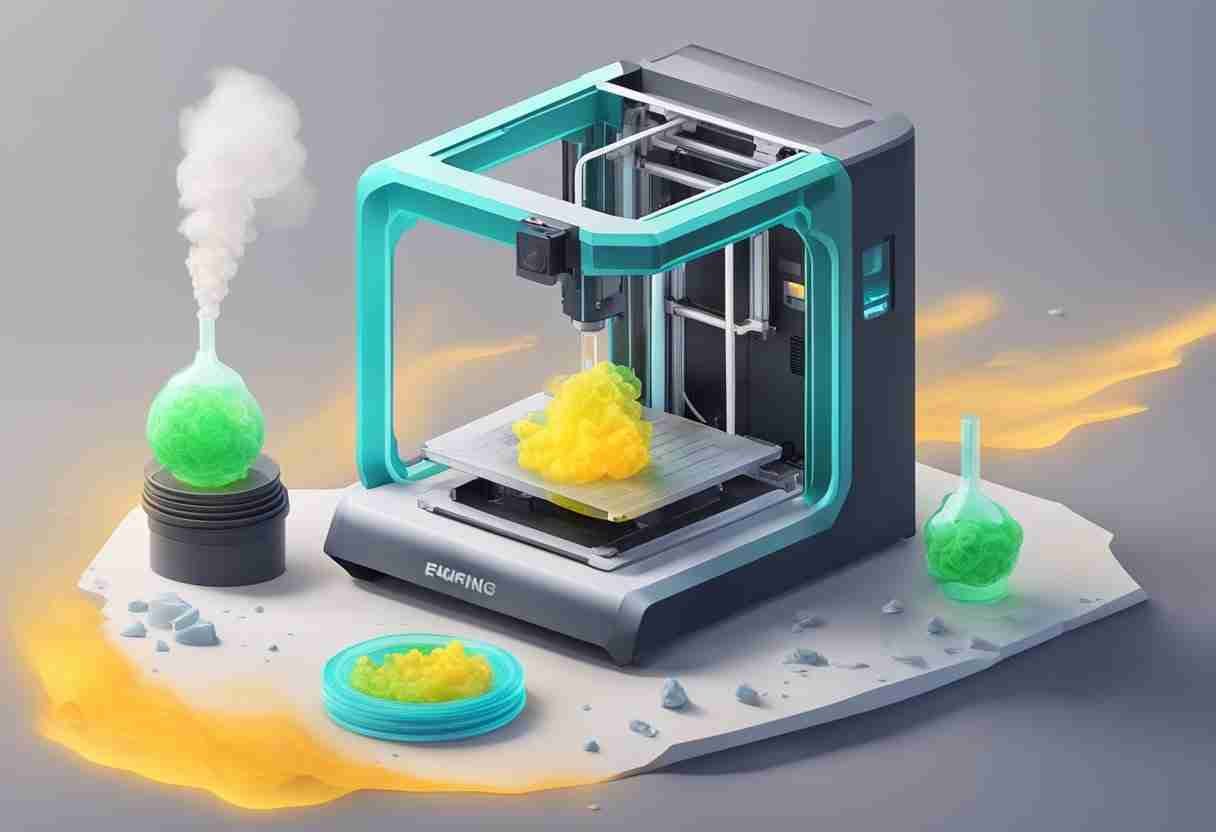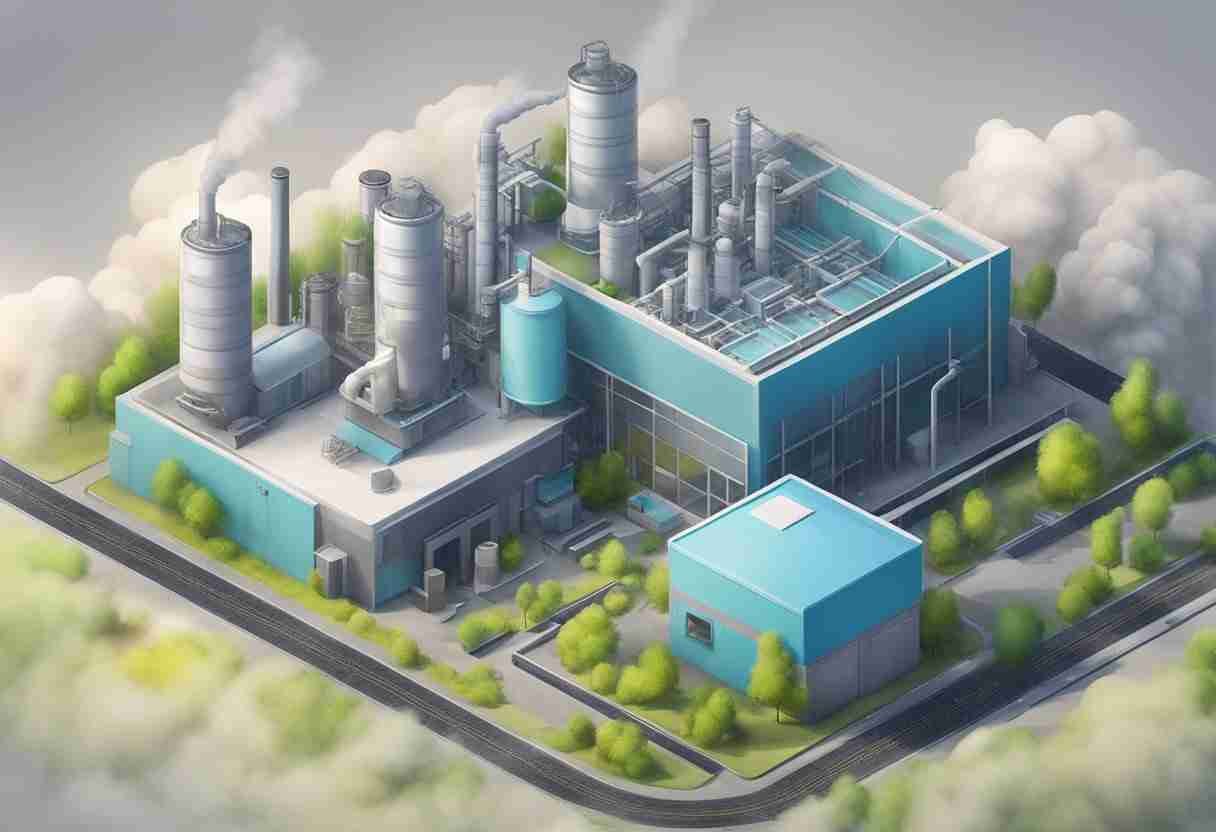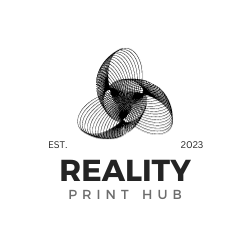Among the various materials used in 3D printing, resin is a popular choice for applications requiring high levels of detail or a smooth surface finish. However, concerns have been raised about the potentially toxic effects of 3D printing resin on humans and the environment.

Some studies have shown that certain dental resins in 3D printing technologies release toxic leachates. There is also evidence of toxicity in certain resins used in fused deposition modeling and stereolithography 3D printers. Furthermore, a study on the toxicity of uncured resin feedstocks in aquatic organisms showed varying levels of acute and chronic toxicity. As a result, it is important that you, the end user, understand the risks and safe handling practices associated with 3D printing resin.
Key Takeaways
- 3D printing resin's toxicity studies raise concerns for human health and environmental impact
- Research has shown evidence of toxicity in specific resins used in various 3D printing technologies
- Ensuring safe handling practices and compliance with standards can help mitigate potential hazards associated with resin use
Fundamentals of 3D Printing with Resins
The versatility of 3D printing resin technology allows for intricate and complex designs. This section will discuss the fundamentals of 3D printing with resins, the various types of printing resins, and the purpose of UV light in the 3D printing process.
Types of Printing Resins
Printing resins, also known as photopolymer resins, are the materials for resin-based 3D printing technologies. There are several types of 3D printing resins, each with specific characteristics and applications:
- Standard resins: The most commonly used resins suitable for general-purpose 3D printing. They offer a balance between mechanical properties, print speed, and cost.
- Tough and durable resins: These materials produce parts with higher impact resistance and long-term stability. Tough and durable resins are ideal for functional prototypes and end-use applications that demand durability.
- Flexible and elastic resins: Ideal for flexible parts, mimicking rubber or silicone. Its applications include seals, gaskets, and wearable items.
- High-temperature resins: Exhibit strong heat resistance. Suitable for mold-making and parts requiring high-temperature stability.
- Bio-compatible resins: Materials with minimal toxicity levels. Formulated with biocompatibility in mind. Suitable for dental and medical applications requiring direct contact with the human body.
3D Printing Process and UV Light Exposure
Using UV light, resin-based 3D printing technologies cure liquid resin into a solid state. Two popular techniques for resin 3D printing are Stereolithography (SLA) and Digital Light Processing (DLP).
In the SLA process, a UV laser shines onto the surface of the liquid resin and follows a predefined pattern to selectively cure the resin layer-by-layer. As each layer is completed, the build platform moves upward, allowing the new liquid resin to flow beneath the cured portion. Each subsequent layer is cured on top of the previous layer.
In the DLP process, a digital projector is used to project a single image of a layer onto the entire printing area. Like SLA, the build platform moves, and new liquid resin is coated for each layer. The entire layer is cured immediately rather than laser scanning the material.
Both methods rely on the principle of photopolymerization, where UV light triggers a chemical reaction within the liquid resin. This causes the resin to transform into a solid structure. The use of UV light ensures the precision and accuracy of the final 3D-printed product
Health Hazards of 3D Printing Resins

Toxicity of the Resin
3D printing resins often contain various chemicals that can pose potential health risks. Exposure to these chemicals can cause short-term and long-term consequences for human health. One primary concern about 3D printing resins relates to their toxicity levels. Studies have demonstrated that some resins used in 3D printing technologies release ovo-toxic leachates, which can impair an organism's health.
Exposure to volatile organic compounds (VOCs), commonly found in resin fumes, is another potential health risk. These compounds can cause respiratory and eye irritation. Prolonged exposure may lead to more severe health consequences. Additionally, direct contact with uncured photopolymer resins presents hazards to the environment and aquatic organisms such as cladocerans.
Potential Risks and Allergic Reactions
Direct skin contact with 3D printing resins can cause acute and chronic effects on human health. Acute effects include skin irritation, itching, and redness, while chronic effects may result in allergic reactions and dermatitis. Precautions must be taken when handling resins, such as wearing gloves and protective clothing, to minimize the risk of skin contact.
Resin fumes may also cause respiratory problems. Proper ventilation helps decrease exposure to harmful gases released during 3D printing. Minimizing the concentration of volatile organic compounds in the air can reduce the risk of eye and respiratory system irritation.
In summary, 3D printing resins, if not handled carefully, can pose potential health hazards, including toxicity, respiratory problems, and allergic reactions. Adequate preventive measures, such as proper ventilation and personal protective equipment, should be taken to minimize these risks.
Safe Handling and Usage

3D printing resins can be hazardous if not handled properly. To ensure the safety of individuals using 3D printing resins, it is vital to follow safety precautions and utilize appropriate personal protective equipment. This section will discuss these measures in more detail.
Safety Precautions
When working with 3D printing resins, it is essential to follow safety precautions. The workstation should be set up in a well-ventilated area to minimize inhalation of harmful fumes. Additionally, resin containers must be sealed tightly when not in use to prevent accidental spillage or exposure.
It's also wise to regularly consult safety data sheets (SDS) provided by the resin manufacturer. The SDS contains valuable information about the resin's potential hazards, safe handling practices, and first-aid procedures in the event of an emergency.
Personal Protective Equipment
Wearing appropriate personal protective equipment (PPE) while handling resins is crucial to ensuring safety. Wear latex gloves or nitrile gloves as the primary barrier between the skin and the resin. These gloves reduce the risk of dermal exposure and skin irritation from direct contact with the chemicals found in the resin.
Furthermore, wearing safety glasses can protect the eyes from potential splashes or accidental contact with the resin. While working with resins, avoid contact between the resin and the eyes, as this may cause discomfort or injury.
By following these guidelines, the risks of handling 3D printing resins can be minimized, ensuring a safer working environment for everyone involved.
Environmental Effects of Resin Use

Waste Management and Hazardous Waste
The use of resins in 3D printing can generate waste materials that require proper management to minimize their environmental impact. One primary concern is that uncured resin may be classified as hazardous waste due to the presence of toxic chemicals. This could have significant implications for waste disposal. Proper handling and disposal techniques should be employed to ensure that waste does not contaminate soil, water, or air resources.
Users of 3D printing resin must follow appropriate guidelines and regulations for waste disposal. For instance, disposing of uncured resin in a landfill is not advisable, as it may lead to groundwater contamination. In addition, the improper disposal of resin-containing materials can cause harm to wildlife and ecosystems.
Impact on Aquatic Ecosystems
Apart from waste management, the potential impacts of resin use on aquatic ecosystems are another growing concern. Certain resins used for 3D printing have been found to release ovo-toxic leachates, which can harm aquatic life. This underscores the need for research to focus on evaluating the safety of resins for both humans and the environment.
Studies have investigated uncured resins' acute and chronic toxicity, indicating potential harm to aquatic organisms such as Ceriodaphnia dubia. Research suggests that leaching harmful chemicals from improperly disposed or insufficiently cured resin materials could negatively affect aquatic ecosystems.
To help mitigate these potential adverse effects, selecting less harmful resin alternatives, proper waste disposal, and recycling should be promoted. Furthermore, increased awareness of proper usage and handling of 3D printing resins contributes to reducing the environmental impact of additive manufacturing.
Resin Disposal and Clean-Up
Proper Cleaning Techniques
When working with 3D printing resin, it is important to clean work surfaces and tools properly to minimize the risk of exposure to potentially toxic uncured resin. One effective method for cleaning 3D printed objects and the work area is using isopropyl alcohol (IPA), which helps dissolve and remove uncured resin.
To begin cleaning, use gloves in a well-ventilated area, as IPA fumes can be harmful. Place the 3D-printed object in a container filled with IPA and gently agitate it for a few minutes. This helps to remove uncured resin from the object. Afterward, remove the object, rinse it with water, and let it air dry. It is recommended to use a two-step process with two separate containers of IPA to ensure thorough cleaning.
When cleaning work surfaces and tools, use paper towels soaked in IPA to wipe down any areas that have come into contact with uncured resin. For stubborn resin stains, use a plastic scraper or similar tool to help remove the debris. Dispose of used paper towels and gloves in a sealed container to prevent exposure to toxic materials.
Disposal of Uncured Resin
Uncured resin, whether from a failed print or excess material, should be handled carefully and disposed of properly. Resin should not be poured down the drain or thrown in regular trash bins, as uncured resin is considered hazardous waste.
It is recommended to cure any remaining uncured resin before disposal. If you have small amounts of leftover resin in your print vat, pour it onto a disposable flat surface and expose it to sunlight, or use a UV lamp to cure it. After curing, the solidified resin can be safely disposed of as non-hazardous waste.
Contact your local hazardous waste disposal facility to dispose of larger amounts of leftover resin properly. Always follow local regulations when disposing of hazardous materials to protect the environment and compliance with the law.
Ventilation and Air Quality Control
Importance of Ventilation
When 3D printing, harmful chemicals and particles can be released into the air, impacting indoor air quality. Proper ventilation, such as opening a window or a well-ventilated room, can significantly reduce the concentration of hazardous substances.
Some key points to remember for adequate ventilation are:
- Open windows: Opening windows can help improve airflow and remove contaminants for a safer working environment.
- Well-ventilated room: Use a dedicated space with adequate air exchange. Avoid confined or poorly ventilated areas.
- Regular breaks: When working with 3D printers for extended periods, take breaks in different areas to reduce exposure to airborne particles.
Air Filtration Systems
In addition to proper ventilation, it is also wise to incorporate air filtration systems to enhance the air quality of a 3D printer workspace. Investing in filtration devices, such as carbon filters, HEPA filters, or air purifiers, can help reduce the risk of respiratory problems caused by toxic substances produced during 3D printing.
Air filtration technologies offer unique advantages:
- Carbon filters: Efficient in removing volatile organic compounds (VOCs) and odors from the air. Carbon filters can help reduce toxic chemical emissions from 3D printing processes.
- HEPA filters: Can capture particles as small as 0.3 microns with a 99.97% efficiency. HEPA filters can help remove particulate matter emitted during 3D printing.
- Air purifiers: A combination of filtration technologies. Air purifiers often use carbon and HEPA filters to effectively tackle harmful particles and VOCs.
To summarize, it is crucial to maintain adequate ventilation and utilize efficient air filtration systems to lower the risks linked to the toxicity of 3D printing resin. It is always recommended to prioritize workers' health, follow safe practices, and maintain a clean environment while operating 3D printers.
Regulatory Compliance and Standards
Material Safety Data Sheet
It is always best practice to consult the Material Safety Data Sheet (MSDS) associated with the specific resin being used.
The MSDS provides the following information:
- Resin composition
- Potential hazards
- Proper handling
- Storage requirements
- Proper disposal methods
The user must adhere to the safety guidelines mentioned in the MSDS, local regulations, and industrial standards.
It's also worth noting that some 3D printing resins have been certified as biocompatible; however, this does not guarantee a complete absence of toxic effects. For example, some officially biocompatible resins still displayed minor toxic effects during cytotoxicity tests. Therefore, users must remain cautious and implement appropriate safety measures even when working with certified materials.
Industry Best Practices
Industry best practices dictate that users follow a predefined set of safety guidelines and handling procedures when working with 3D printing resins. Some of these best practices include:
- Proper ventilation: Ensuring adequate airflow in the working area to reduce exposure to hazardous fumes and potential airborne contaminants.
- Personal protective equipment (PPE): Wear appropriate PPE, such as gloves, goggles, and protective clothing, to prevent direct contact with the resin
- Handling and storage: Storing resins in well-ventilated areas, away from direct sunlight,
- Training and awareness: Ensuring that operators of 3D printers are well-trained and aware of the potential hazards associated with 3D printing resins.
In addition to these practices, users should always stay up-to-date on any changes in regulatory requirements for 3D printing materials and remain informed about advancements in material safety.
While 3D printing resins may exhibit specific toxic properties, understanding and following the recommended safety guidelines, best practices, and regulatory compliance can help minimize potential risks and contribute to a safer working environment.
